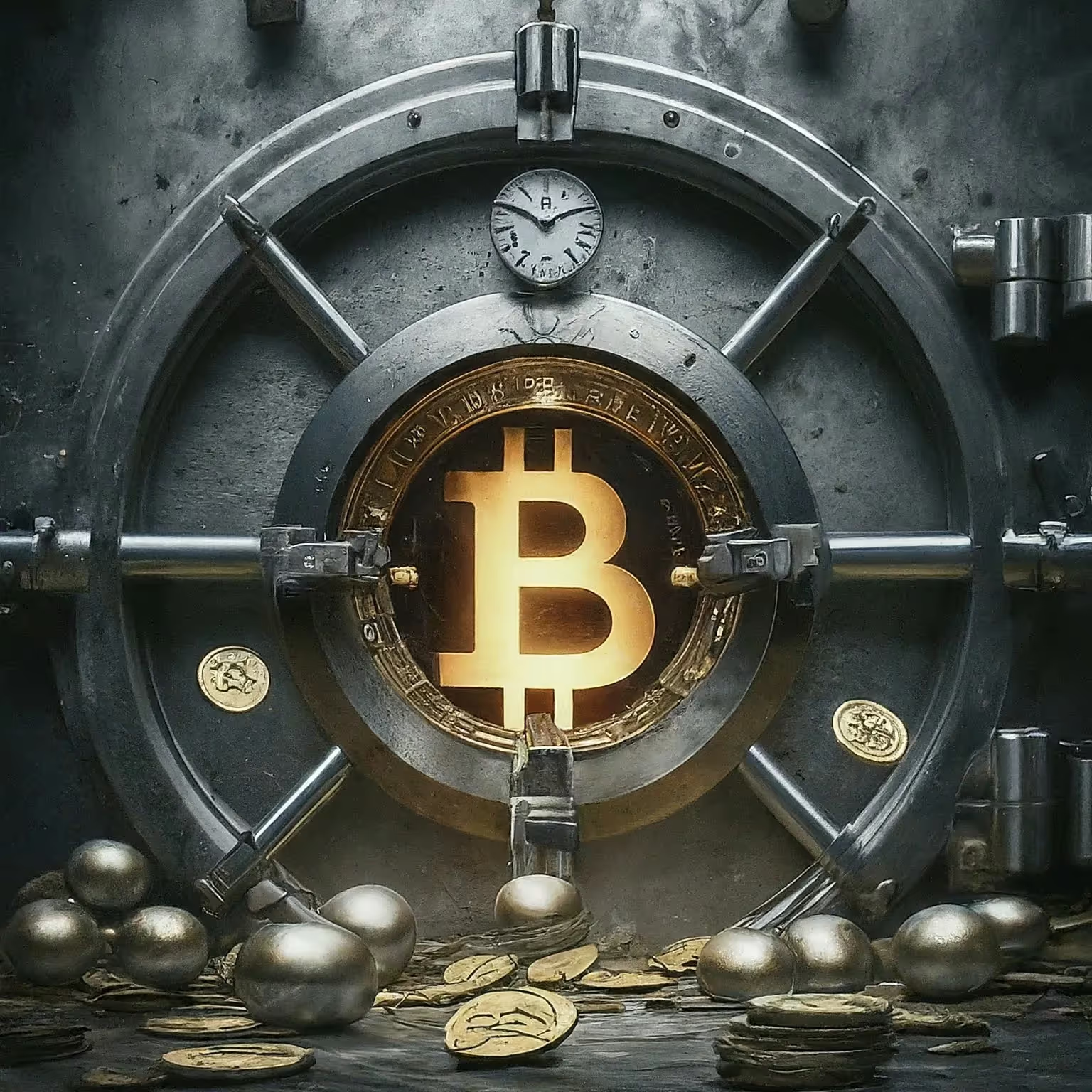How Does ICO Work?

In the world of business and startups, creative fundraising strategies have disrupted the traditional way that capital is raised for new projects in a digital age. This created an opportunity for lower regulatory standards, and decentralized means to raise money with cryptocurrencies via Initial Coin Offerings, which became quite popular. But how does an ICO work? From the muddy waters of ICOs, let us now dive into how this brilliantly new mechanism works.
Understanding ICOs

Initial Coin Offerings — ICOs (funding a project by launching your own crypto) Stake — These tokens either have utility or give a stake in the ecosystem like traditional IPO shares.
The Basics of ICOs
ICOs involve several key players and components, including:
- Project Team: The core team behind the project, including developers, marketers, and advisors, plays a pivotal role in conceptualizing and executing the ICO.
- Whitepaper: A long and formal document that explains the concept, goals, specs (tech), token distribution & schedule of your project is a must to attract the investor.
- Smart Contracts: Smart contracts, which are deployed on blockchain platforms like Ethereum, ensure that tokens are automatically distributed to the liquidity pool upon receipt of ether payment from investors at the end of the ICO.
- Token Sale: At this stage, investors buy tokens using cryptocurrencies such as Bitcoin or Ethereum giving the project capital that can be used to develop.
The ICO Process
- Project Ideation and Whitepaper Creation: The project team comes up with a use case, write an impedance white paper outlining their objectives for the project, tokenomics and timelines.
- Token Generation: ‘Token’ generating a smart contract which including the upper cap of total supply and distribution mechanism for tokens as well any operation related with this feature.
- Marketing and Investor Outreach: Make sure you have a strategic marketing mechanism in place so that you are able to go global with your token sale and attract potential investors who would like to participate and buy-in in the successful ICO.
- Token Sale: The token sale whereby investors are able to purchase tokens in exchange for cryptocurrencies. Duration and pricing Model of the ICO: Depend on project strategy.
- Token Distribution: After the ICO is finished, tokens are given out to investors according to proper terms as mentioned in smartcontract.
- Post-ICO Operations: The project team ensuring that the project team executes on everything it said it would do in its whitepaper — i.e. product development, community engagement and exchange listings.
The Advantages of ICOs
There are a number of advantages to using an ICO as a method for fundraising, as opposed to traditional models.
- Global Accessibility: ICOs provide an opportunity to attract worldwide pool-related investors at a minimal price.
- Decentralization: Using blockchain technology, ICOs allow companies to raise money from anyone with an Internet connection.
- Liquidity: This provides token holders means of trading their investments on the cryptocurrency exchanges which might turn them into returns.
How Does ICO Work?
At its heart, an ICO is a crowdfunding system carried out on the blockchain that involves startups raising capital by distributing original digital tokens to investors. Catalysts, in flip, acquire investments inside the shape of cryptocurrencies like Bitcoin or Ethereum with the aid of those tokens. The success factor of an ICO is the credibility of the project, market demand for market players, confidence-oriented investors.
Conclusion
ICOs are a great way of opening up the world to capital for any number of creative projects and have revolutionized startup fundraising. It is critical for investors and businesses looking to leverage this innovative technology to support new forms of digital financial intermediation like ICOs to gain an accurate understanding of how initial coin offerings (ICOs) work.
Disclaimer
“This content is for informational purposes only and does not constitute financial advice. Please do your own research before investing.”






